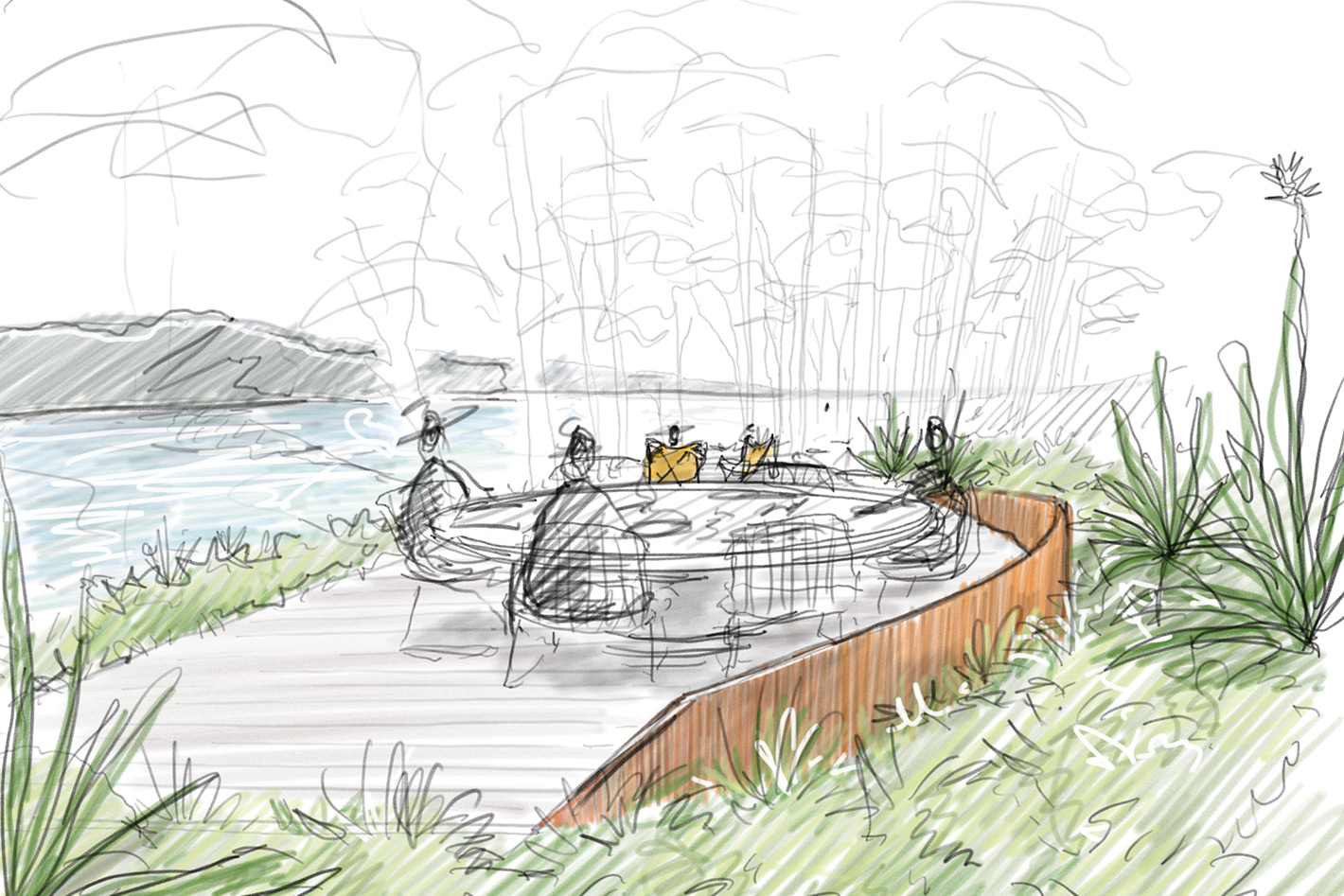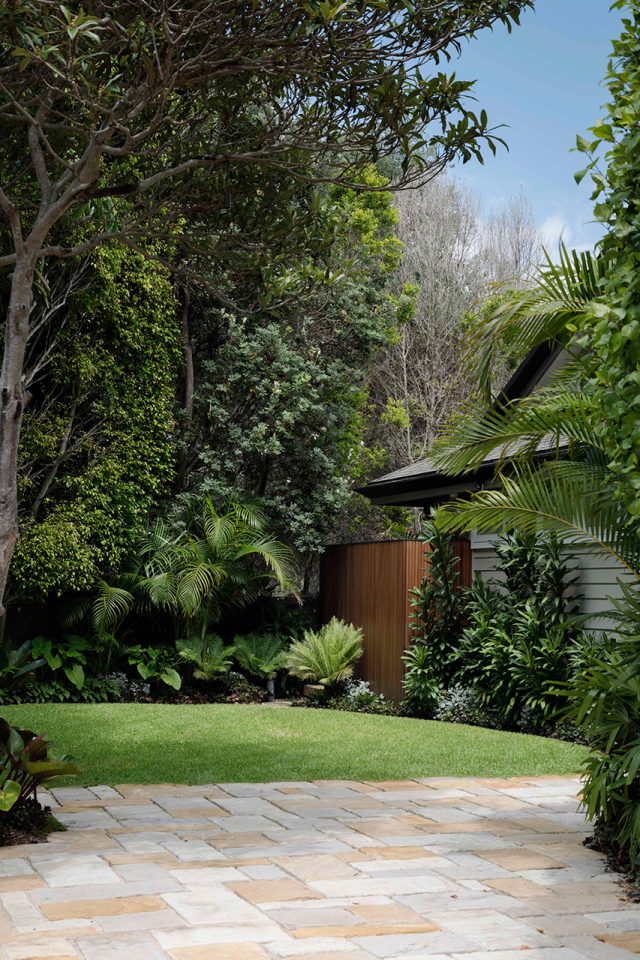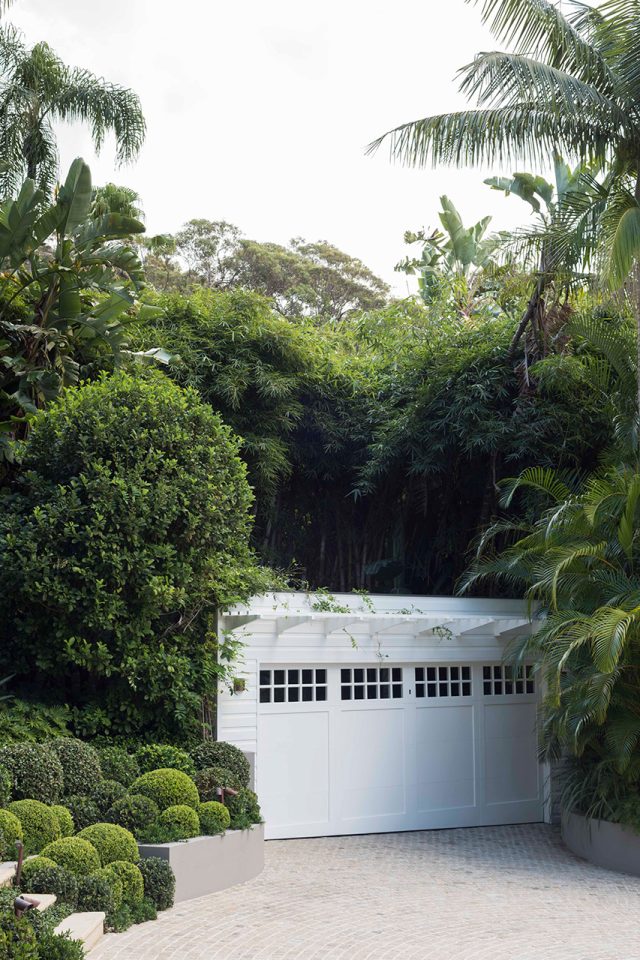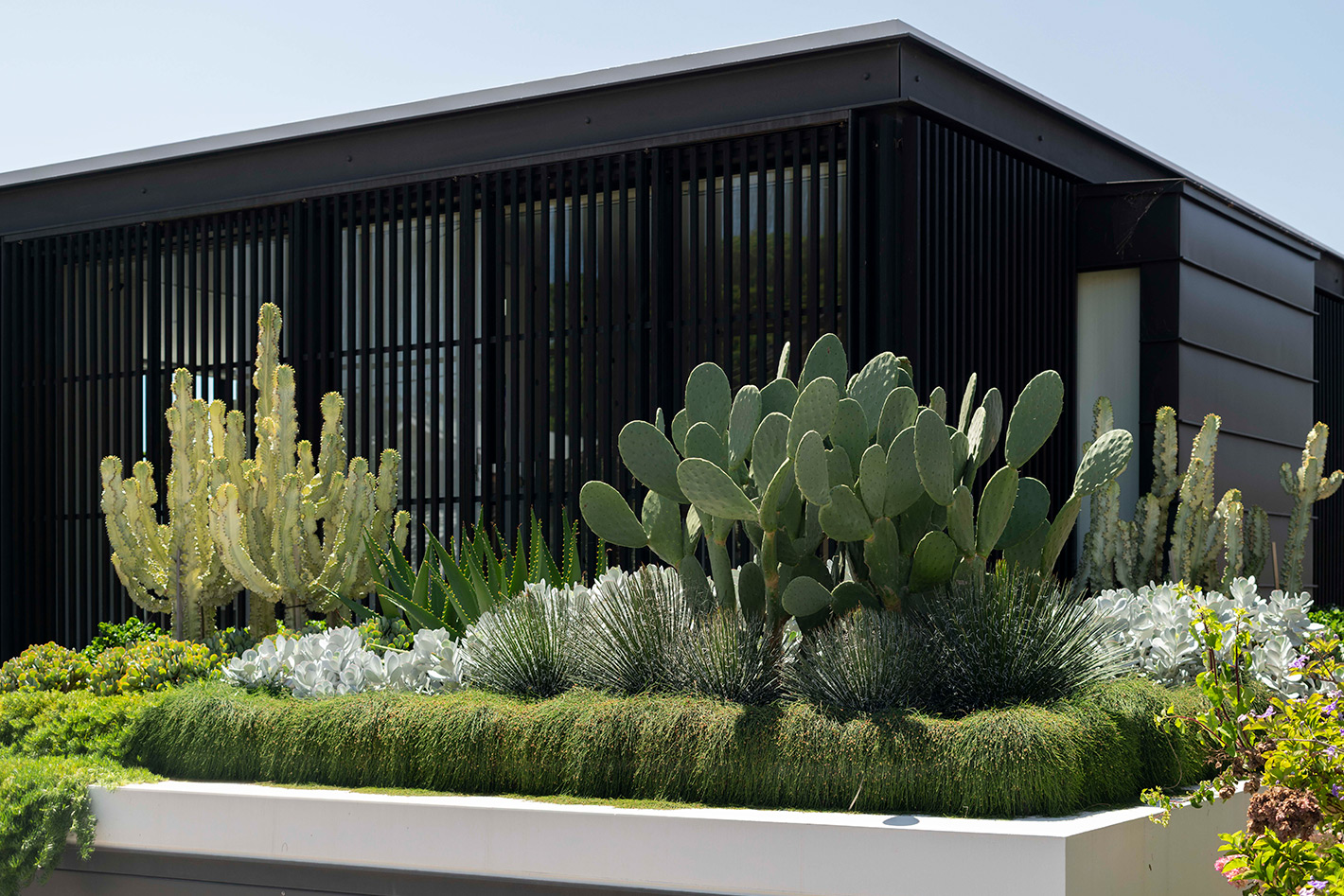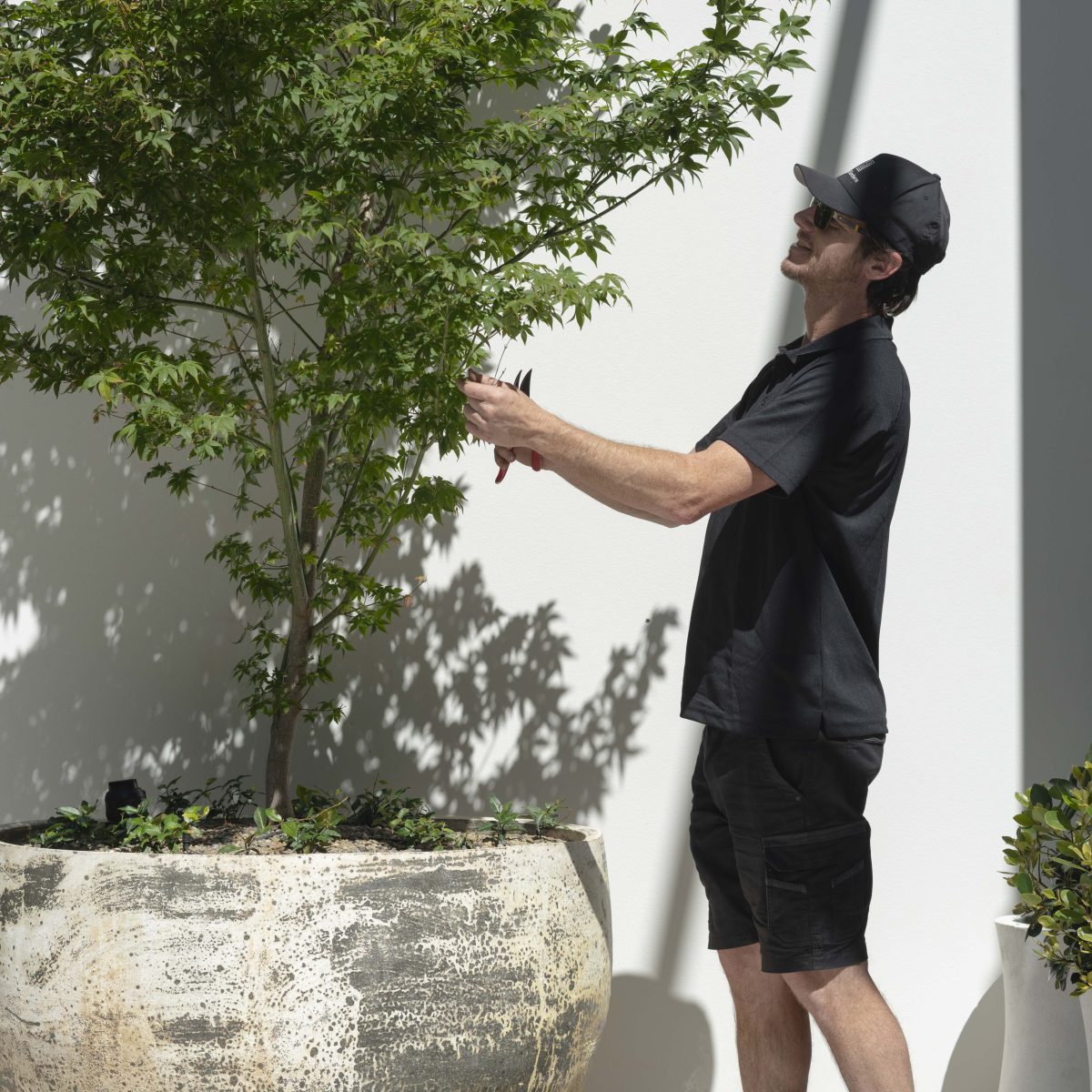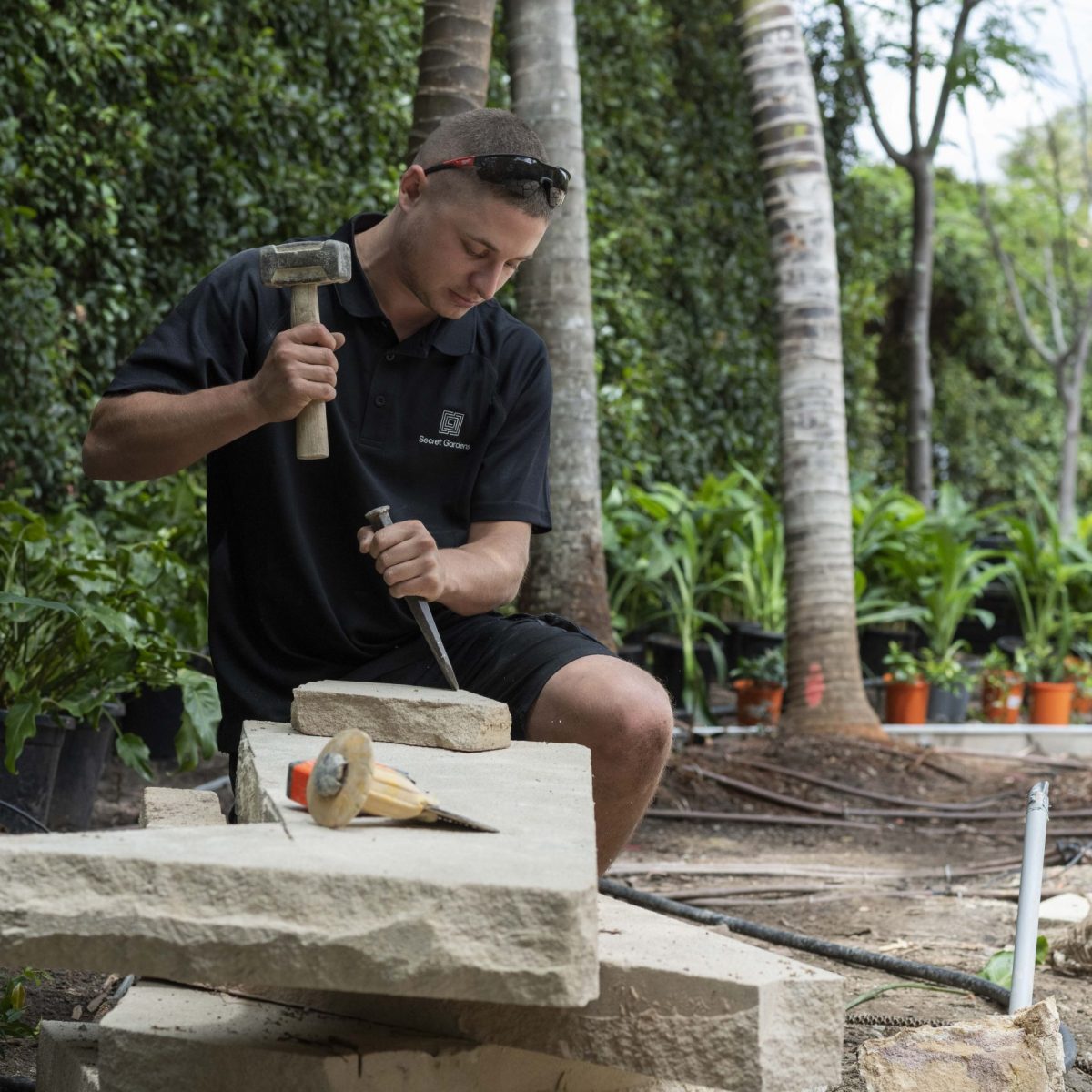Creative Director of Secret Gardens, Matt Cantwell, says things have changed since the days where a few basic drawings and some face-to-face conversations sufficed to get the construction ball rolling.
“Years ago people would tell you what they wanted and you would quote, and it still works that way in some respects,” he says. “Any good contractor can provide some design direction but our clients expect a certain level of service including collaboration on the design, communication – and project documentation.”
Depending on the size of the site and the scope of works, plans for garden design can require a level of detail similar to that required for building a house. So taking the time to consider the site, including its natural advantages as well as its constraints, is a worthwhile exercise, even if it can feel like a bit of a long process.
“More time at the drawing board at the start allows you to finesse ideas,” Matt says. “It’s important that you spend the time to understand the whole house, the change of seasons, the clients’ brief and how it might change. The design process allows time to explore and to communicate with the client in a meaningful manner.”
“It’s important that you spend the time to understand the whole house, the change of seasons, the clients’ brief and how it might change. The design process allows time to explore and to communicate with the client in a meaningful manner.”
Once everyone is happy with the concept design and the appropriate council approvals have been sought, working through the individual parts of the project is essential so that all stakeholders understand every aspect of the project. Providing detailed plans reduces the risk of any aspect being left to chance.
“It certainly minimises the possibility of confusion,” Matt says. “If you don’t have detailed drawings, people can have the same discussions again and again and at the end, they’re still not on the same page.”
While the finished product may look effortless, Matt says that’s often because of the care taken to think through every aspect of the project. Even for something as apparently pedestrian as steps, Matt says there are a lot of things to consider.
“Steps are never just steps,” he says. “There are so many decisions to make, starting with how high the riser should be, how deep the tread is and what the profile of the edge of the tread should be. Once you break down every little element, like the gate or the letterbox, there are so many design decisions to be made around every little job.”
But the design process often doesn’t end once the work commences. Matt says that every good project will be flexible enough to respond to the unexpected on site.
“Even though you have invested in design, you need to remain open because design sometimes needs to change,” he says.
This might be because excavation has uncovered a beautiful piece of rock or simply that the design has evolved as the work has unfolded.
“The worst thing that can happen sometimes is for the design to be built as it is,” says Matt. “You need to look for opportunities to continue to improve the design so that you don’t build something that looks good on paper but not on site.”
Even once the work is complete, detailed plans can continue to be a valuable resource down the track.
“They become valuable documents to refer back to if you want to make design changes to the garden later on,” says Matt. “The more information you have will save you money next time round because they don’t have to investigate how something was designed and built.”
- Spend time on the design detail upfront. It will help with setting a budget as well as ensuring everyone on site is on the same page.
- Be flexible. Sometimes things change after work commences. Be open to new ideas to get the best results.
- Keep your plans. They will save you time and money later on if you want to add or change anything.
